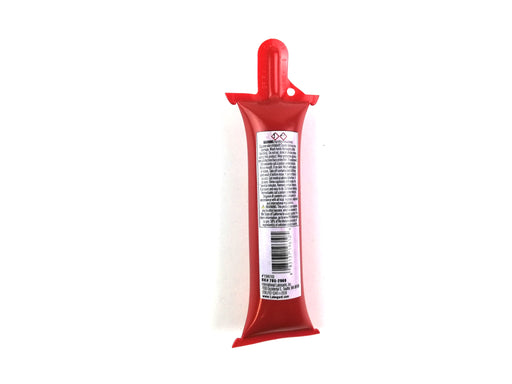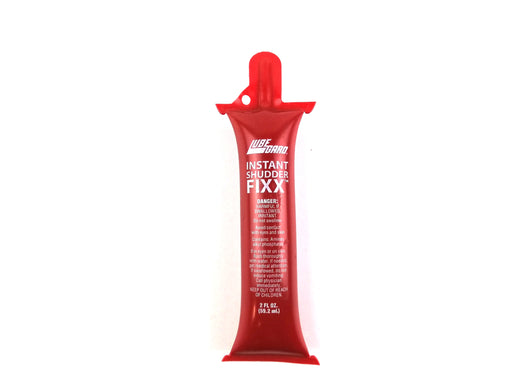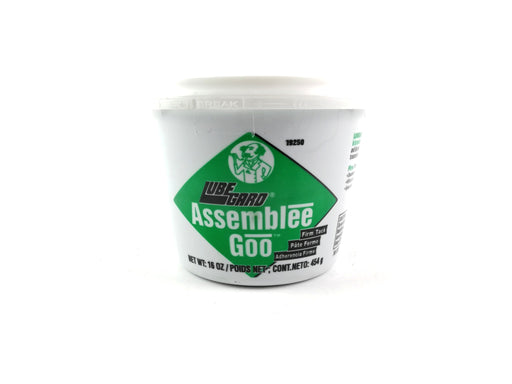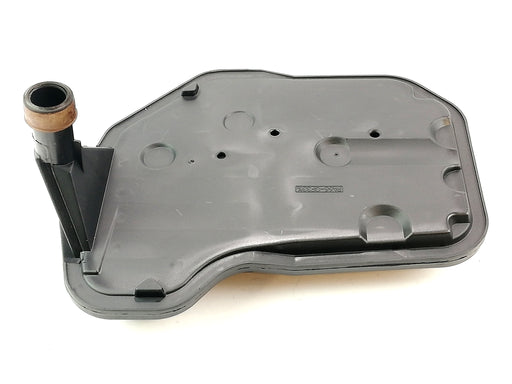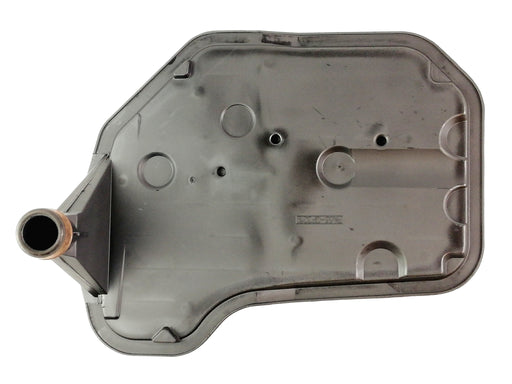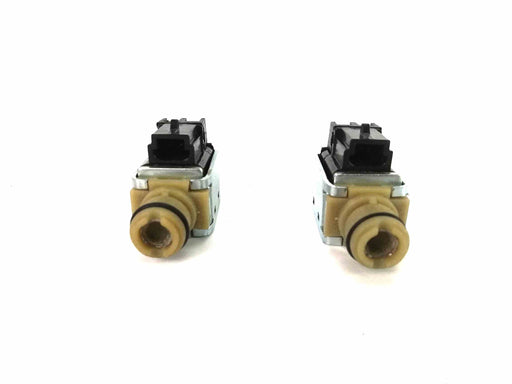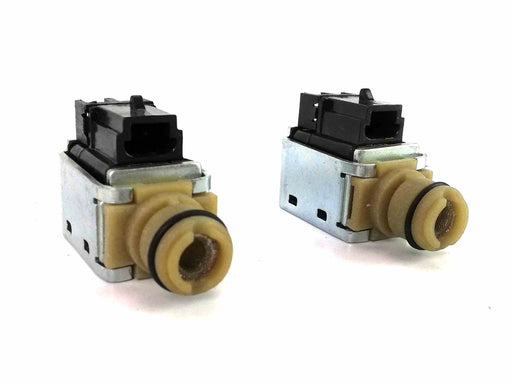
Transmission accumulator and its relation to gear changes
When there are transmission failures, particularly shifting, it is common to hear the driver´s complaints such as thumping sounds, gear slipping, rattling or suddenly feeling stiff. Especially these cases can occur with upshifts, downshifts, specific ranges or, in the worst case, in all gears.
What is the running accumulator?
For many years, accumulators and their circuitry have been used as the primary means of shifting. For this reason, they act as shock absorbers for fluid pressure from the clutch, brake or band. High pressure damping allows transmission components to engage gradually, rather than suddenly, sharply, and rattling components in the process.
What is the function of the transmission accumulator?
The accumulators allow the supply of hydraulic oil to the moving components of the transmission, which are essential for the gear´s start - stop function. The accumulator fills with oil while driving, leaving a reserve for when the engine is started, at which time this reserve is returned to the hydraulic system to supply oil to the shift elements.
In the case of eight-speed transmissions, the accumulator allows oil consumption to be reduced by up to 11%.
How is it composed?
Modern accumulators are made up of a spring and pistons to allow oil to be supplied to the system. Transmission accumulators have changed over the years, adapting to different models of automatic vehicles.
Older three and four speed fully hydraulic transmissions had large spring and piston circuits, with additional valves to help control pressure and flow.
When electronic systems came into use in the transmission, solenoids were added to the accumulator circuits to provide better shift control based on driving conditions to eliminate the use of valves as they are not needed due to the fact that computer and solenoids directly influence shift control, giving a smoother feel when driving.
The driving needs for vehicles in general are geared towards reducing overall manufacturing costs while maintaining or even reducing the transmission´s size and weight.Main failures of the transmission accumulator
The accumulators modify the changes that affect the timing of the transmission. If there is little pressure in the circuit, that is, little oil, the piston or servo of a clutch could hit, especially when starting the vehicle.
As soon as the pressure increases because oil enters the system, the noise goes away and the gear can work normally.
However, if there is still a lack of hydraulic oil or pressure, the vehicle will probably start to experience rough shifting. This may be due to the spring, which keeps the piston at the top when the accumulator circuit is idle, and allows it to move down when it is working normally.
But if there is a lack of oil, a faulty accumulator, or a broken spring, rough shifting and an unpleasant feeling could occur.
Where to buy spare parts for automatic transmission?
If after taking your vehicle to the mechanic they noticed that there is a fault with the transmission accumulator, in the SUN Transmissions online store you will find spare parts for hydraulic transmissions, such as pistons, valves, repair kits and many others that we invite you to discover by browsing the website. You will find automatic transmission additives, automatic transmission sensor, and everything you need for your automatic transmission too.
Make your purchase online in our transmission parts store and receive your spare parts at home. And if you have questions or need more information, contact us through the online chat where we will gladly assist you!
Automatic Transmission Parts
Instant Shudder Fixx Torque Lubegard
LUBEGARDDescription Packaged in a uniquely engineered two ounce application tube, LUBEGARD's Instant Shudder Fixx™ is compatible with conventional or...
View full detailsInstant Shudder Fixx Torque Lubegard 2 Pack
LUBEGARDINSTANT SHUDDER FIXX TORQUE LUBEGARD 2 PACK Contains2 x INSTANT SHUDDER FIXX TORQUE Description Packaged in a uniquely engineered two ounce a...
View full detailsAssemble GOO Green Dr Tranny Transmission Assembly Lube
LUBEGARDASSEMBLE GOO GREEN Dr Tranny, TRANSMISSION ASSEMBLY LUBEOEM Number: 19250 DESCRIPTION ASSEMBLEE GOO is formulated for use as an assembly aid a...
View full detailsFilter Deep Pan Truck 4L60E 4L65E
TSSAutomatic Transmission Filter Deep Pan 4L60E, 4L65E Quality transmission oil filter. This filter ensures optimal performance and longevity for your...
View full detailsSolenoid Kit A (1st and 2nd Shift) And B (3rd and 4th Shift) 4L60E
TSSSolenoid Kit A (1st and 2nd Shift) And B (3rd and 4th Shift) 4L60E Contains2 x SOLENOID A (1ST-2ND) & B (2ND-3RD) SHIFT 4L60E, 4L65E, 4L70ETran...
View full details

